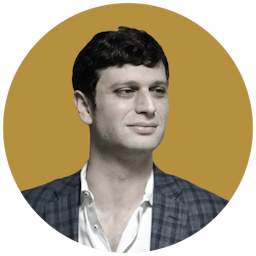Hamas, at the Music Festival Massacre of Israelis, Came for the Young and the Beautiful
A new documentary weaves together footage from victims and perpetrators alike to tell the story of the largest civilian massacre in the history of the Jewish state.

‘Supernova: The Music Festival Massacre’
Directed by Duki Dror and Yossi Bloch
Zygote Films, Steaming on Vimeo
Please check your email.
A verification code has been sent to
Didn't get a code? Click to resend.
To continue reading, please select:
Enter your email to read for FREE
Get 1 FREE article
Join the Sun for a PENNY A DAY
$0.01/day for 60 days
Cancel anytime
100% ad free experience
Unlimited article and commenting access
Full annual dues ($120) billed after 60 days

